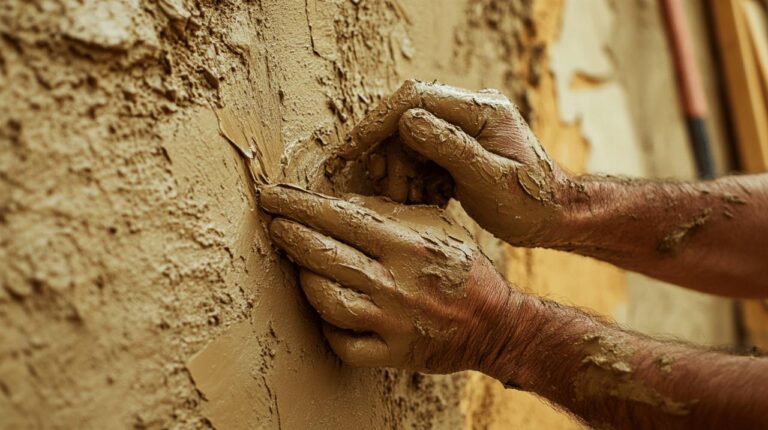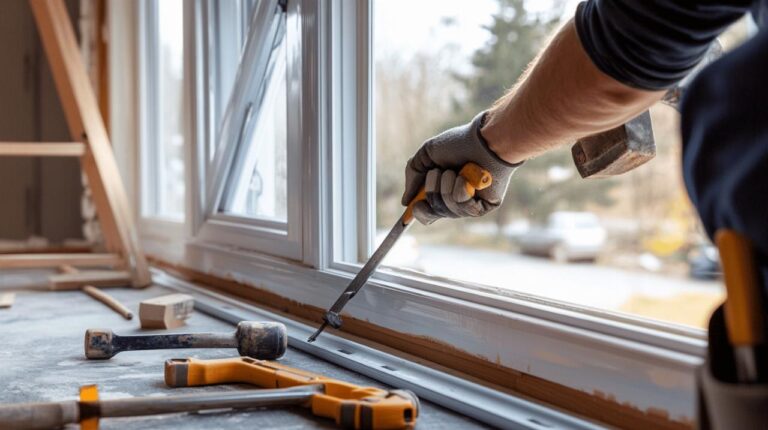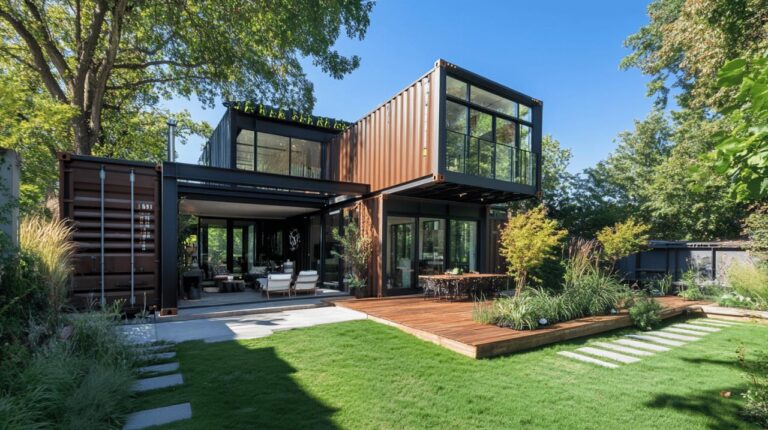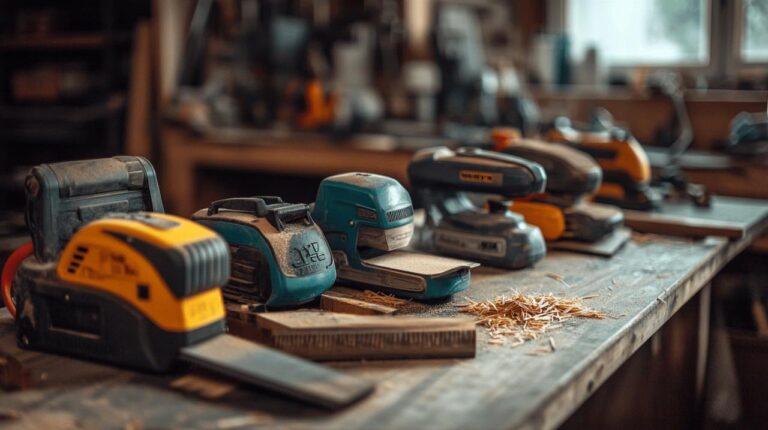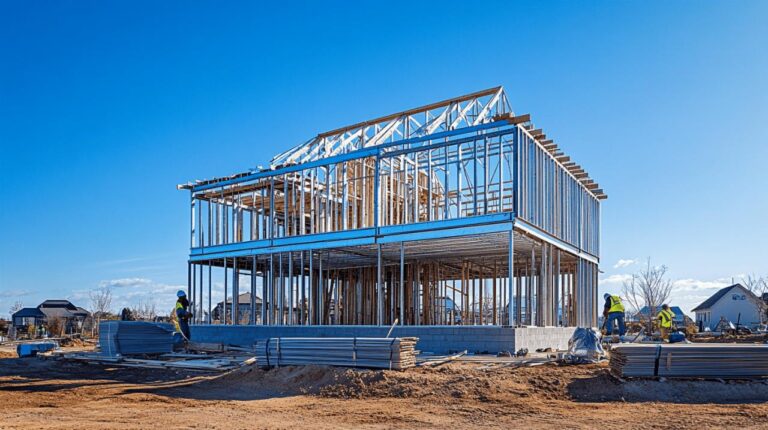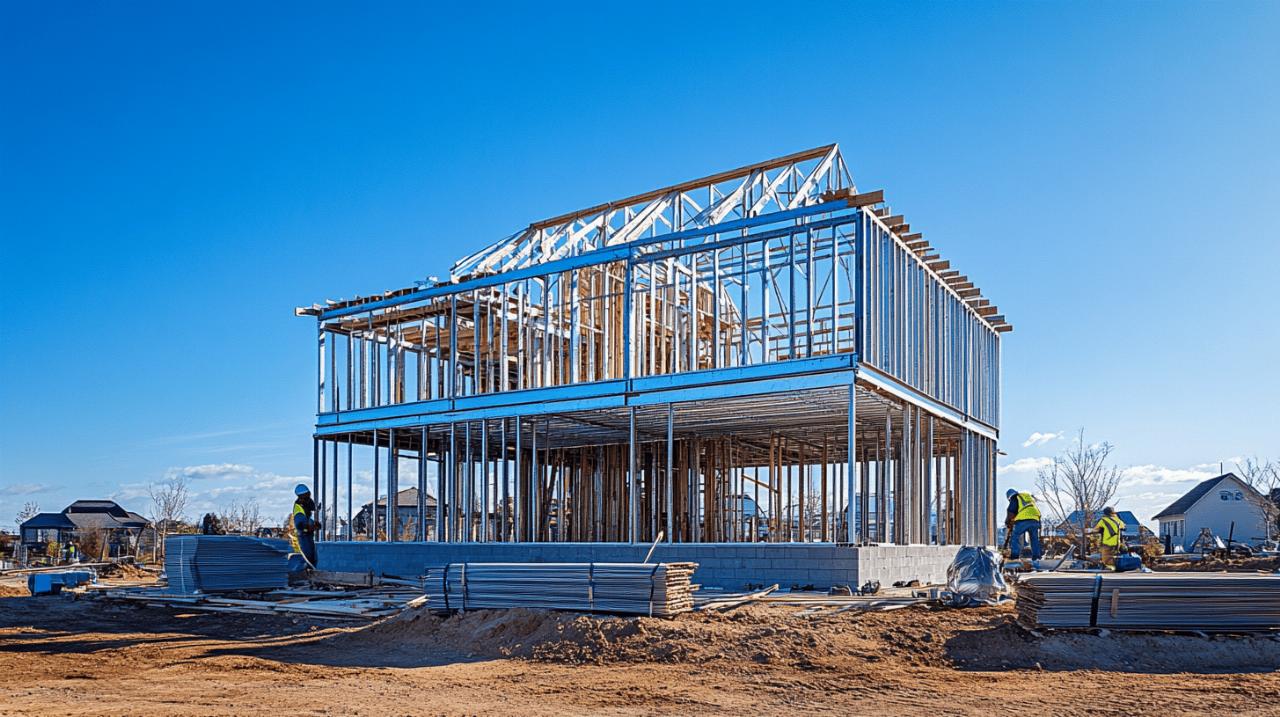
Building a home is one of the most significant investments you'll ever make, and understanding the financial implications of your chosen construction method is absolutely crucial. If you're considering a metal frame house, you're already ahead of the curve in terms of innovation and efficiency. Steel structure buildings have gained considerable traction in recent years, offering a compelling alternative to traditional brick and mortar construction. From reduced build times to impressive durability, the advantages are numerous. However, navigating the cost landscape can be complex, with various factors influencing the final price tag. This comprehensive guide will walk you through the essential cost components, helping you make an informed decision about whether a steel frame property is the right fit for your project and budget.
Understanding steel frame construction costs: initial investment and material pricing
When embarking on a steel frame construction project, one of the first questions that naturally arises is how much you'll need to invest upfront. The initial cost of materials forms a significant portion of your overall budget, and it's essential to grasp the breakdown. Structural steel costs encompass several elements, including the frame itself, fabrication, and the subsequent erection on site. Industry data suggests that material costs typically account for around thirty to forty percent of the total steel frame expense, with fabrication contributing a similar proportion. The remaining ten to fifteen percent covers the construction and installation phase. These percentages can fluctuate based on the complexity of your design, the scale of the build, and current market conditions. For instance, a straightforward single-storey structure with a basic layout will naturally fall at the lower end of the spectrum, while a multi-storey building with intricate architectural features will command a higher price.
The cost of structural steelwork can vary considerably depending on several key drivers. The function and sector of your building play a pivotal role, as do the height and form of the structure. Site conditions, complexity, and location all contribute to the final figure. Logistics and access to the site can also impact costs, particularly if your plot is in a challenging location. The programme timeline, risk factors, and your chosen procurement route further influence the overall expenditure. These variables underscore the importance of detailed planning and accurate cost estimation from the outset of your project.
Comparing steel frame prices to traditional building methods
A common question among prospective homeowners is how steel frame construction stacks up financially against conventional methods. Prefabricated steel structures have emerged as a cost-effective solution, with some estimates suggesting they can be up to thirty percent cheaper and quicker to construct than traditional buildings. This efficiency stems largely from the off-site manufacturing process, which reduces on-site labour time and minimises waste. Basic steel building kits are typically priced between ten and twenty-five pounds per square foot, although this figure represents just the raw materials. When you factor in labour, permits, inspections, and other ancillary costs, the total project expenditure will naturally increase. For a comprehensive build, including both materials and labour for projects under one hundred thousand square feet, you might expect to pay between one hundred and ten and one hundred and fifty pounds per square foot. This range provides a ballpark figure, but your specific circumstances will dictate the precise cost.
To put this into perspective, consider a ten thousand square foot steel building. The full construction cost, encompassing materials and labour for projects below one hundred thousand square feet, could range from one million one hundred thousand to one million five hundred thousand pounds. These figures highlight the importance of obtaining detailed quotes tailored to your exact specifications. It's also worth noting that steel has captured a significant market share in the United Kingdom, accounting for approximately sixty-five percent of multi-storey building projects. This dominance speaks to the material's proven track record and widespread acceptance within the construction industry. When comparing steel to timber or concrete alternatives, it's crucial to consider not just the initial outlay but also the long-term benefits, including reduced maintenance requirements and enhanced durability.
Breaking Down the Cost of Galvanised Steel and Structural Components
Galvanised steel is a popular choice for frame construction due to its exceptional resistance to corrosion, ensuring a long lifespan for your property. The galvanisation process involves coating the steel with a protective layer of zinc, which shields it from the elements and prevents rust. While galvanised steel may carry a slightly higher price tag than untreated steel, the investment pays dividends over the decades, as it significantly reduces the need for repairs and maintenance. The structural components of your metal frame house extend beyond just the primary beams and columns. They include roof trusses, floor joists, wall studs, and various connecting elements, all of which must be precisely manufactured to ensure a secure and stable structure. Quality materials are paramount, as they directly influence the building's lifespan and safety. Opting for inferior steel to save a few pounds upfront can prove a false economy in the long run, potentially leading to costly remedial work down the line.
Steel price fluctuations are a reality of the construction market, influenced by global demand, political regulations, and raw material availability. In recent years, the industry has witnessed notable volatility, with structural steel costs rising dramatically in certain periods. For example, data from two thousand and twenty-one showed a ninety-one percent increase in structural steel costs since the end of the previous year. Such swings underscore the importance of locking in prices with your supplier early in the planning phase, where possible. Working with experienced suppliers who understand market dynamics and can offer transparent pricing is invaluable. Technological advancements and sustainable practices are also beginning to influence costs, as the industry moves towards more eco-friendly production methods. These developments may introduce new cost considerations, but they also align with broader environmental goals and can enhance the overall value of your property.
Labour and installation expenses: how prefabrication affects your budget
Labour represents a substantial component of any construction project, and understanding how prefabrication impacts this element is key to managing your budget effectively. One of the most compelling advantages of steel frame construction is the significant reduction in on-site labour time. Because the structural components are manufactured off-site in controlled factory conditions, they arrive ready for assembly, dramatically streamlining the installation process. This efficiency translates directly into lower labour costs, as the need for extensive on-site fabrication and adjustment is minimised. The precision of component manufacturing means that skilled workers can erect the frame swiftly and accurately, reducing the overall construction time. For a steel frame house, the fabrication and assembly phase might take as little as one month, compared to three to four months for a traditional brick-wall house. This accelerated timeline not only reduces labour expenses but also allows you to occupy your new home sooner, which can be a significant benefit if you're managing rental costs elsewhere.
The complexity of your project will naturally influence labour costs. A straightforward single-storey bungalow with a simple floor plan will require less specialised expertise and fewer man-hours than a multi-storey property with intricate architectural features. The location of your site also plays a role, as labour rates vary across different regions of the United Kingdom. For instance, projects in Central London typically incur higher costs due to the increased cost of living and higher demand for skilled tradespeople. Conversely, projects in areas such as Newcastle or Glasgow may benefit from more competitive labour rates. It's essential to obtain detailed quotes from reputable contractors who have experience with steel frame construction, as their expertise will ensure the work is completed to a high standard within the agreed timeframe. Engaging experienced suppliers and contractors who understand the nuances of prefabricated steel structures can make a significant difference to both the cost and quality of your build.
Time savings translate to lower construction costs
The adage that time is money holds particularly true in the construction industry. Every day that a project extends beyond its planned completion date incurs additional costs, from ongoing labour wages to site management overheads. The rapid assembly of prefabricated steel frames offers a distinct advantage in this regard, allowing you to complete your build more quickly and efficiently than traditional methods. The pre-engineered nature of metal frame houses means that much of the preparatory work is done in the factory, with components arriving on site ready to be slotted into place. This approach minimises the risk of delays caused by adverse weather conditions, as the bulk of the fabrication occurs in a controlled indoor environment. Once the foundation is prepared, the steel frame can be erected swiftly, often within a matter of weeks. This speed not only reduces direct labour costs but also curtails the duration for which you'll need to maintain site facilities, security, and insurance. The cumulative effect of these savings can be substantial, making steel frame construction an economically attractive option for many self-build projects.
Moreover, the shorter construction time reduces the period during which your capital is tied up in the project, potentially freeing up funds for other aspects of the build or allowing you to begin generating rental income if the property is an investment. The efficiency of steel frame construction also means that contractors can take on more projects within a given timeframe, which can lead to more competitive pricing as they seek to maintain a steady workflow. This virtuous cycle of efficiency and cost reduction is one of the key reasons why the steel market is expected to grow by two point eight percent annually from two thousand and twenty-three to two thousand and thirty. The metal construction industry has already demonstrated robust growth, with a twelve percent increase recorded in two thousand and twenty-one. These trends reflect the sector's increasing maturity and the growing recognition of the benefits that steel frame construction offers to both homeowners and developers.
Professional installation requirements for metal frame properties
While the prefabrication process simplifies many aspects of construction, it's crucial to recognise that erecting a steel frame house still requires skilled professionals. The precise alignment and secure connection of structural components demand expertise and experience, as even minor errors can compromise the integrity of the building. Engaging qualified contractors who specialise in steel frame construction is therefore essential. These professionals understand the specific requirements of metal structures, from the correct torque settings for bolts to the appropriate techniques for ensuring the frame is perfectly plumb and level. The erection costs, which typically range from six to ten pounds per square foot, reflect the specialised nature of this work. While this may seem a modest proportion of the overall budget, the quality of installation directly impacts the building's performance and safety, making it an area where cutting corners is inadvisable.
In addition to the erection of the frame itself, other professional services are necessary to complete the build. Soundproofing and insulation require careful attention to ensure that your home is comfortable and energy-efficient. Precise component manufacturing is critical, as any discrepancies can lead to fitting issues on site, resulting in delays and additional costs. Skilled workers must also be available to handle the integration of other building systems, such as plumbing, electrical installations, and HVAC systems, into the steel frame structure. These elements must be coordinated seamlessly to achieve a finished property that meets all regulatory standards and your personal expectations. Permits and inspections represent another layer of professional involvement, as local authorities will need to verify that the construction complies with building regulations. Budgeting for these additional costs from the outset will help you avoid unpleasant surprises as the project progresses. By assembling a team of experienced professionals and ensuring that each aspect of the build is executed to the highest standard, you'll maximise the value and longevity of your steel frame house.
Insulation, Cladding, and Building Envelope Costs for Steel Structures
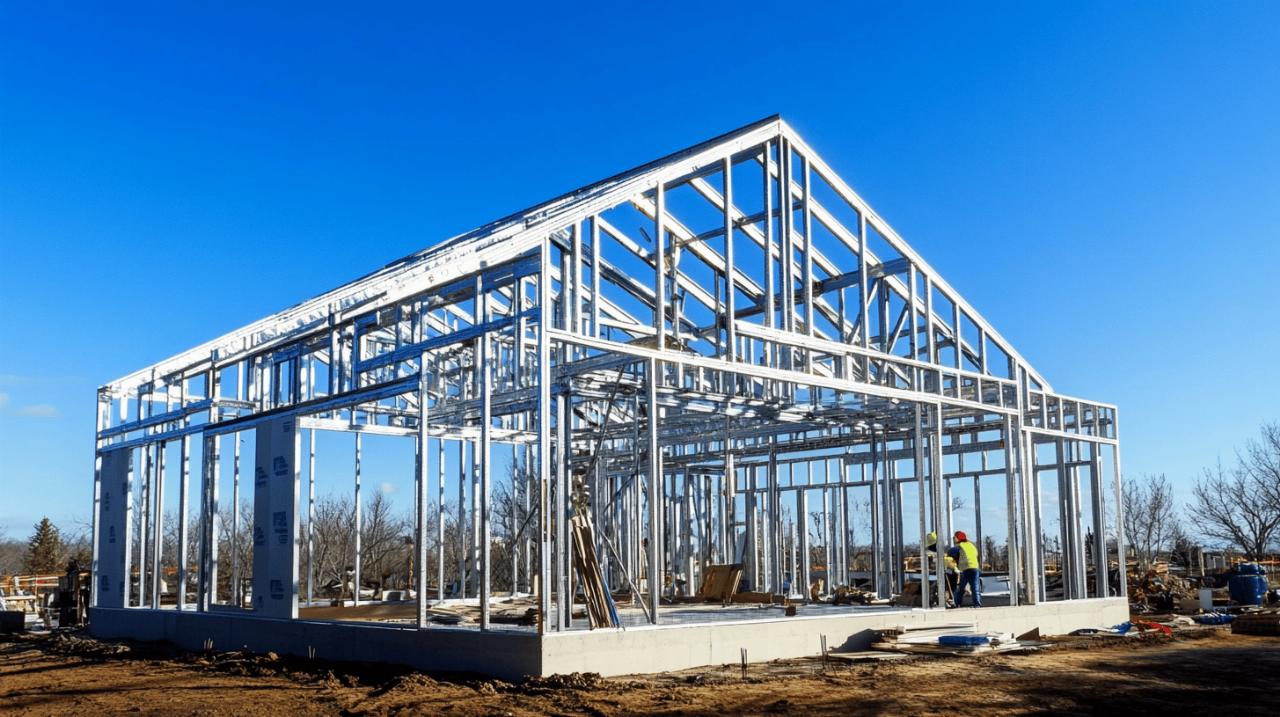 The building envelope, which encompasses the insulation and external cladding of your property, plays a vital role in determining its energy efficiency, comfort, and aesthetic appeal. For steel frame houses, the choice of insulation and external finishes is particularly important, as metal conducts heat more readily than traditional building materials. Proper insulation is therefore essential to prevent thermal bridging, where heat escapes through the steel components, leading to increased energy bills and reduced comfort. Various insulation options are available, each with different cost implications. Lightweight concrete floors, for instance, involve assembling block bricks onto steel beams and pouring concrete, providing both structural support and thermal mass. Composite floors, which combine metal decking with a lightweight concrete topping, typically cost between ninety and one hundred and forty pounds per square metre. Alternatively, hollowcore precast concrete composite floors offer another solution, with costs ranging from one hundred and thirty-seven to one hundred and ninety-three pounds per square metre. The choice between these options will depend on your budget, the specific requirements of your project, and your priorities regarding thermal performance and acoustic insulation.
The building envelope, which encompasses the insulation and external cladding of your property, plays a vital role in determining its energy efficiency, comfort, and aesthetic appeal. For steel frame houses, the choice of insulation and external finishes is particularly important, as metal conducts heat more readily than traditional building materials. Proper insulation is therefore essential to prevent thermal bridging, where heat escapes through the steel components, leading to increased energy bills and reduced comfort. Various insulation options are available, each with different cost implications. Lightweight concrete floors, for instance, involve assembling block bricks onto steel beams and pouring concrete, providing both structural support and thermal mass. Composite floors, which combine metal decking with a lightweight concrete topping, typically cost between ninety and one hundred and forty pounds per square metre. Alternatively, hollowcore precast concrete composite floors offer another solution, with costs ranging from one hundred and thirty-seven to one hundred and ninety-three pounds per square metre. The choice between these options will depend on your budget, the specific requirements of your project, and your priorities regarding thermal performance and acoustic insulation.
Beyond the floor system, the walls and roof also require effective insulation. Energy-efficient designs that incorporate high-quality insulation materials can lead to significant long-term savings on heating and cooling costs, offsetting the initial investment. When considering insulation options and pricing, it's important to think about the building's orientation, local climate, and your personal comfort preferences. In the United Kingdom, where winters can be chilly and summers increasingly warm, achieving a well-balanced thermal performance is key. Modern insulation materials, such as rigid foam boards, mineral wool, or spray foam, offer excellent thermal resistance and can be tailored to meet specific performance targets. The cost of these materials varies, but investing in superior insulation is generally advisable, as it enhances the overall quality of your home and can improve its resale value. Additionally, insulation contributes to soundproofing, creating a quieter and more peaceful living environment, which is particularly beneficial if your property is located near a busy road or in a densely populated area.
Energy efficiency investment: insulation options and pricing
Energy efficiency is not merely a fashionable buzzword; it's a practical consideration that affects your ongoing living costs and environmental footprint. For steel frame houses, achieving high energy efficiency requires a strategic approach to insulation. The goal is to create a continuous thermal barrier that minimises heat loss in winter and heat gain in summer. This involves not only selecting the right insulation materials but also ensuring they are installed correctly to eliminate gaps and cold spots. Spray foam insulation, for example, can be applied directly to the steel frame, filling every crevice and providing an airtight seal. While it may be more expensive upfront than traditional batt insulation, the superior thermal performance can justify the additional cost. Similarly, rigid foam boards offer excellent insulation value and can be installed on the exterior of the frame, creating an uninterrupted thermal envelope. The cost of insulation will vary depending on the type and thickness of material chosen, as well as the size and complexity of your building. As a rough guide, you might expect to spend several thousand pounds on insulation for a typical two-storey house, but this investment will be recouped over time through reduced energy bills.
In addition to insulation, other energy-efficient design choices can impact your long-term costs. High-performance windows and doors, for instance, reduce heat loss and improve comfort, while energy-efficient heating, ventilation, and air conditioning systems ensure that your home remains comfortable year-round without excessive energy consumption. Lighter colours for the external cladding of steel buildings can also contribute to energy savings, as they reflect sunlight and reduce the cooling load during warmer months. This simple design choice can make a noticeable difference in regions where summer temperatures are high. When planning your steel frame house, it's worth consulting with an energy assessor or sustainability consultant who can provide tailored advice on achieving optimal performance. Many of the measures that enhance energy efficiency also improve the overall quality of your home, making it more comfortable, healthier, and valuable. By prioritising energy efficiency from the design stage, you'll create a property that not only meets current standards but is also future-proofed against rising energy costs and increasingly stringent environmental regulations.
External Finishes and Wall Systems for Your Metal Frame House
The external finishes of your steel frame house define its character and curb appeal, while also serving practical functions such as weather protection and thermal insulation. One of the great advantages of metal frame construction is the flexibility it offers in terms of external cladding. You can combine steel with a wide range of materials to achieve the aesthetic you desire, from traditional brick or stone facings to modern composite panels or timber cladding. Each option carries its own cost implications and performance characteristics. Brick cladding, for example, provides a classic appearance and excellent durability, but it is typically more expensive and labour-intensive to install than lightweight panel systems. Timber cladding offers a warm, natural look and can be sourced sustainably, but it requires regular maintenance to preserve its appearance. Composite panels, which consist of insulated cores sandwiched between protective skins, offer excellent thermal performance and are quick to install, making them a popular choice for modern steel frame houses. The cost of external finishes will depend on the materials selected, the complexity of the design, and the size of the building. As a general rule, you should budget several tens of pounds per square metre for cladding materials, with additional costs for installation.
The wall systems for your metal frame house must be designed to work in harmony with the steel structure, ensuring that all components are properly integrated and that the building envelope is robust and weathertight. This involves careful detailing at junctions and openings, such as windows and doors, to prevent thermal bridging and air leakage. The choice of cladding also affects the building's resistance to fire, wind, and moisture, so it's important to select materials and systems that meet the relevant building regulations and performance standards. Working with experienced suppliers who specialise in steel frame construction can help you navigate these decisions and ensure that your external finishes are both beautiful and functional. They can provide guidance on the best combinations of materials for your specific project, taking into account factors such as local climate, exposure to the elements, and your personal preferences. By investing in high-quality external finishes and ensuring they are installed to a professional standard, you'll create a steel frame house that not only looks impressive but also stands the test of time, requiring minimal maintenance and delivering reliable performance for decades to come.
Long-Term Value: Maintenance Costs and Return on Investment
When evaluating the true cost of a steel frame house, it's essential to look beyond the initial construction expenses and consider the long-term financial picture. One of the most compelling advantages of steel structure buildings is their reduced maintenance requirements compared to traditional construction. Galvanised steel frames are highly durable and resistant to corrosion, pests, and fire, meaning that the structural elements of your home will require minimal upkeep over their lifespan. Unlike timber frames, which can be susceptible to rot, insect damage, and warping, steel maintains its integrity for several decades with little intervention. This translates into lower ongoing costs, as you won't need to budget for regular treatments, repairs, or replacements of the structural framework. The lifespan of a steel frame house can extend well beyond that of a traditional brick or timber structure, provided it is constructed with quality materials and proper attention to design and installation. This longevity enhances the overall value of your investment, as you'll enjoy a comfortable, safe, and reliable home for many years without the burden of significant maintenance expenses.
The financial benefits of steel frame construction extend to other aspects of building performance as well. The precision of component manufacturing ensures that all elements fit together perfectly, reducing the likelihood of issues such as draughts, leaks, or structural movement. This reliability means fewer call-outs for repairs and less disruption to your daily life. Additionally, the energy-efficient designs that are often incorporated into steel frame houses can lead to substantial savings on utility bills over the years. The initial investment in high-quality insulation and energy-efficient systems pays dividends in the form of lower heating and cooling costs, making your home more affordable to run. When you factor in these ongoing savings alongside the reduced maintenance requirements, the total cost of ownership for a steel frame house can be significantly lower than that of a traditional property. This makes steel frame construction not only an environmentally responsible choice but also a financially savvy one, offering excellent value for money over the long term.
Reduced maintenance requirements of steel frame buildings
The durability and resilience of steel frame buildings are among their most attractive features, particularly for homeowners who value low-maintenance living. Steel does not rot, warp, or succumb to termite damage, which are common issues with timber-framed properties. Once the galvanised steel frame is in place and protected by appropriate cladding and finishes, it requires virtually no ongoing maintenance. This contrasts sharply with traditional brick and mortar structures, which may need periodic repointing, treatment for damp, or repairs to cracked masonry. The reduced maintenance burden frees up your time and money for other priorities, whether that's enhancing the interior of your home, pursuing hobbies, or simply enjoying peace of mind. The high aesthetics of steel frame houses also allow for a variety of external finishes, many of which are designed to be low-maintenance. Modern composite panels and treated timber cladding, for example, are engineered to withstand the elements with minimal intervention, often requiring nothing more than an occasional wash to keep them looking their best.
Another advantage of steel frame construction is the ease with which components can be repaired or replaced if necessary. Because the structural elements are manufactured precisely, sourcing replacement parts is straightforward, and the modular nature of the system means that repairs can be carried out without extensive disruption to the rest of the building. This flexibility is particularly valuable if you decide to make alterations or extensions to your property in the future, as the steel frame can be adapted more easily than a traditional load-bearing masonry structure. The overall result is a building that remains in excellent condition with minimal effort, preserving its value and functionality over time. For self-builders and investors alike, the reduced maintenance requirements of steel frame buildings represent a significant advantage, contributing to the overall attractiveness of this construction method. By choosing steel, you're investing in a property that will serve you well for decades, with lower running costs and fewer headaches than many conventional alternatives.
Resale Value and Market Perception of Metal Frame Properties
As steel frame construction becomes more prevalent, market perception of metal frame properties is gradually evolving. Historically, some buyers may have harboured reservations about non-traditional building methods, preferring the familiarity of brick and mortar. However, as the benefits of steel frame houses become more widely recognised, this perception is shifting. Properties built with steel frames are increasingly seen as modern, efficient, and durable, which can enhance their appeal to a broad range of buyers. The energy efficiency and low maintenance requirements of steel frame houses are particularly attractive in today's market, where rising energy costs and environmental concerns are at the forefront of buyers' minds. A well-designed and constructed steel frame property can command a competitive resale value, especially if it boasts contemporary design features, high-quality finishes, and excellent thermal performance. The key to maximising resale value is to ensure that the property meets all relevant building standards and complies with industry standards, which reassures potential buyers of its quality and safety.
When it comes to resale, the location and overall design of the property will play a significant role, as they do with any type of home. However, the inherent advantages of steel frame construction can be a strong selling point, particularly if you can provide documentation of the building's performance, such as energy efficiency certificates and details of the construction process. Buyers who are informed about the benefits of steel frame houses may be willing to pay a premium for a property that offers lower running costs and reduced maintenance. Additionally, the flexibility of steel structures can be an asset if the property includes features such as open-plan living spaces or the potential for future extensions, which are increasingly popular. As the steel market continues to grow and more people become familiar with the advantages of this construction method, the resale value of metal frame properties is likely to strengthen. For homeowners and investors, this trend represents an opportunity to capitalise on a forward-thinking building approach that combines practicality, sustainability, and long-term financial benefits. By choosing steel frame construction, you're not only building a home for today but also making a sound investment for the future.

